Blog Posts Tagged Food Science
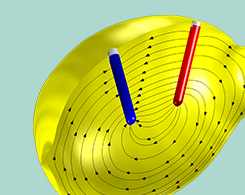
Approaching an Electrochemical Model from Scratch: Lemon Battery
The lemon battery: A high school chemistry experiment, and a great example when learning the general process for how to set up electrochemistry and battery models from scratch.
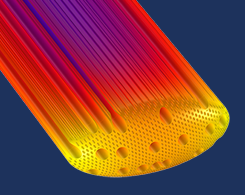
6 Ways Engineers Are Using Simulation to Help the Environment
Energy-efficient buildings and appliances. Safe nuclear waste storage. Well-preserved freshwater lakes. These are just a few examples of how simulation is being used to help the environment.

Optimizing Microwave Ovens with Solid-State RF Cooking
Did you know that conventional microwave ovens use the same magnetron technology that was first used in WWII? These researchers thought it was time for an upgrade…
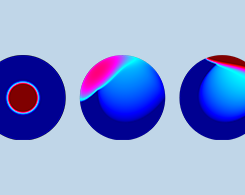
Finding the Best Way to Make Crêpes with Fluid Dynamics Research
The recipe for the perfect crêpe calls for flour, eggs, milk, sugar, butter, and…simulation? Fluid dynamicists used simulation to solve the optimal coverage problem for crêpe making.
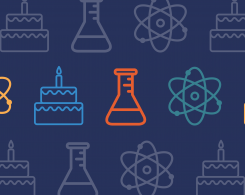
Should You Freeze Your Coffee Beans?
Storing coffee beans in the freezer has been described as a clever life hack and a quick way to get frost and condensation in your favorite blend. Could food science research give us answers?

Keynote Video: Simulating the Drying of Cellular Foods
How about them (dried) apples? Empa uses multiscale modeling to analyze the dehydration of soft cellular food products, such as dried fruit, and scale their processes for mass production.
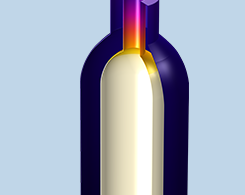
Can a Wine Cooler Actually Keep Your Beverage Cold?
When enjoying nice meals outside, some people use wine coolers to keep their beverages cold. But can a wine cooler actually keep a bottle of wine chilled, and if so, for how long?
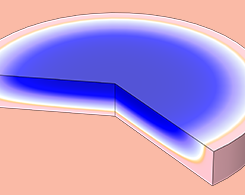
Analyzing Heat and Mass Transfer During Cake Baking with Simulation
As you bake a cake, there are many complex heat and mass transport processes taking place behind the oven door. Take a closer look at the art and science involved in the cake baking process…
